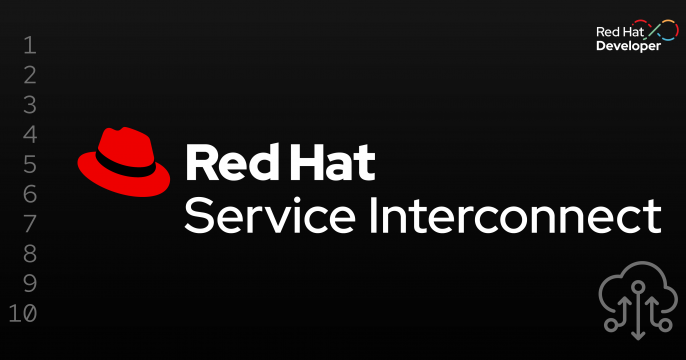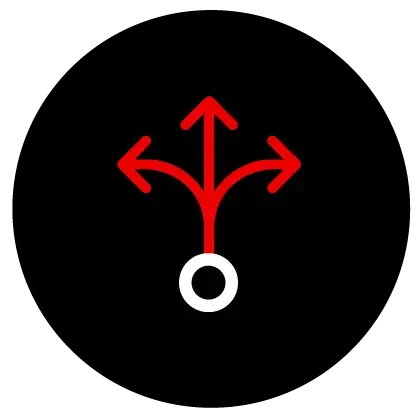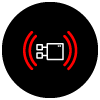Red Hat Integration
Flexible integration products to connect your applications across hybrid infrastructure.

What is Red Hat Integration?
Red Hat Integration is a comprehensive set of integration and messaging technologies to connect applications and data across hybrid infrastructures. It is an agile, distributed, containerized, and API-centric solution. It provides service composition and orchestration, application connectivity and data transformation, real-time message streaming, change data capture, and API management—all combined with a cloud-native platform and toolchain to support the full spectrum of modern application development.
Empower your development teams to cloud adoption
Building on the capabilities of OpenShift API Management, try Red Hat’s new Cloud Native Application Development and Delivery Platform that empowers development teams to adopt innovative cloud architectures including APIs, data streaming and event-driven processing, and AI/ML.
Red Hat's portfolio architecture, solution patterns, and validated patterns provide developers and architects with architecture best practices, tools, and demos to handle common challenges. Discover solutions and patterns based on successful customer deployments, created by experts on the Red Hat hybrid cloud platform.
API management
API management lets you share, secure, distribute, control, and monetize your APIs on an infrastructure platform built with performance, customer control, and future growth in mind, and makes it easy to manage your APIs for internal or external users. API management components can be deployed on-premise, in the cloud, as a managed service, or in any combination required.
Events, data streaming, and messaging
Red Hat AMQ is a suite of components—based on open source communities like Apache ActiveMQ and Apache Kafka—that provides a fast, lightweight, and secure event-driven platform for cloud-scale applications, giving you a strong foundation to build modern distributed applications.
Data integration, tooling and metadata
Data integration patterns help create a unified, accurate, and consistent view of enterprise data within an organization. This data is often dissimilar, living in different locations, and being stored in a variety of formats.
Our tooling and metatdata collection of design-time, deploy-time, and runtime tooling complements your integration platform as integration best practices.
Recent integration articles

Learn how to register IdM deployment with RHEL domain join feature (part 2 of...

Learn how to integrate instances into an organization's identity domain using...

Dive into the Q1’25 edition of Camel integration quarterly digest, covering...

Red Hat Service Interconnect v2 is a substantial redesign driven by four...











